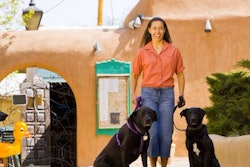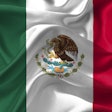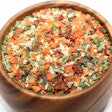
Mexican dog, cat and other pet owners differ from each other, but not from pet owners worldwide. Like their global peers, some Mexican pet owners want raw meat and bones for their companion animals, while others want shelf-stable, convenient kibble. Mexican pet owners’ demands can contradict each other, but those juxtaposed trends drive the ongoing growth of the Mexican pet food industry, Ana Laura Flores, marketing consultant with Pet Your Brand, said during her presentation at Foro Mascotas in Guadalajara, Jalisco, Mexico.
Mexican pet food market
The Mexican pet food market grew at a compound annual growth rate of 3.97% from 2017 to 2023. That rate may increase to 6.84% from 2024 to 2029, according to data from Mordor Intelligence cited by Flores. In 2024, the market may reach US$3.29 billion, then grow to US$4.58 billion by 2029.
Dogs are the most populous pets in Mexico, accounting for 69.8% of the overall companion animal population. Dog food likewise has the largest market value, at US$2.29 billion, growing by approximately 18% between 2017 and 2021.
However, cat food sales are growing faster with a forecasted CAGR of 7.2% from 2024 to 2029. The pet cat population has been booming in Mexico, growing 41.3% from 2017 to 2022.
Trends influencing Mexican pet food market growth
The trends driving this growth in Mexico mirror those in the rest of the world. The humanization of pets drives Mexican pet owners to look for nutritionally balanced diets for their furry family members. Premiumization follows humanization as Mexican pet owners become increasingly willing to spend more on high-quality pet foods. Middle-class Mexicans' increasing incomes make this increased spending possible.
Rising incomes often accompany the urbanization of populations, and Mexico is likewise no exception to this phenomenon. Urbanization also changes the types of pets people can keep, though, Flores said. The burgeoning Mexican pet cat population partly results from the relative ease of keeping a cat in a small, city apartment compared to a large dog. Similarly, small dogs have grown in popularity.
The trend toward cats and small dogs reflects Mexicans’ changing motivations for keeping pets, Flores said. Pets are no longer solely for entertainment or work. As opposed to guarding a house or catching mice, pets are now looked to for companionship first and foremost. Younger Mexicans especially look to pets for friendship, especially after the isolation of the pandemic. These pet owners want to form bonds with their pets, which boosts demand for treats, chews and toppers.
Mexican pet owners' changing relationship with their companion animals is growing and reshaping the country's dog, cat and other pet food markets.
















